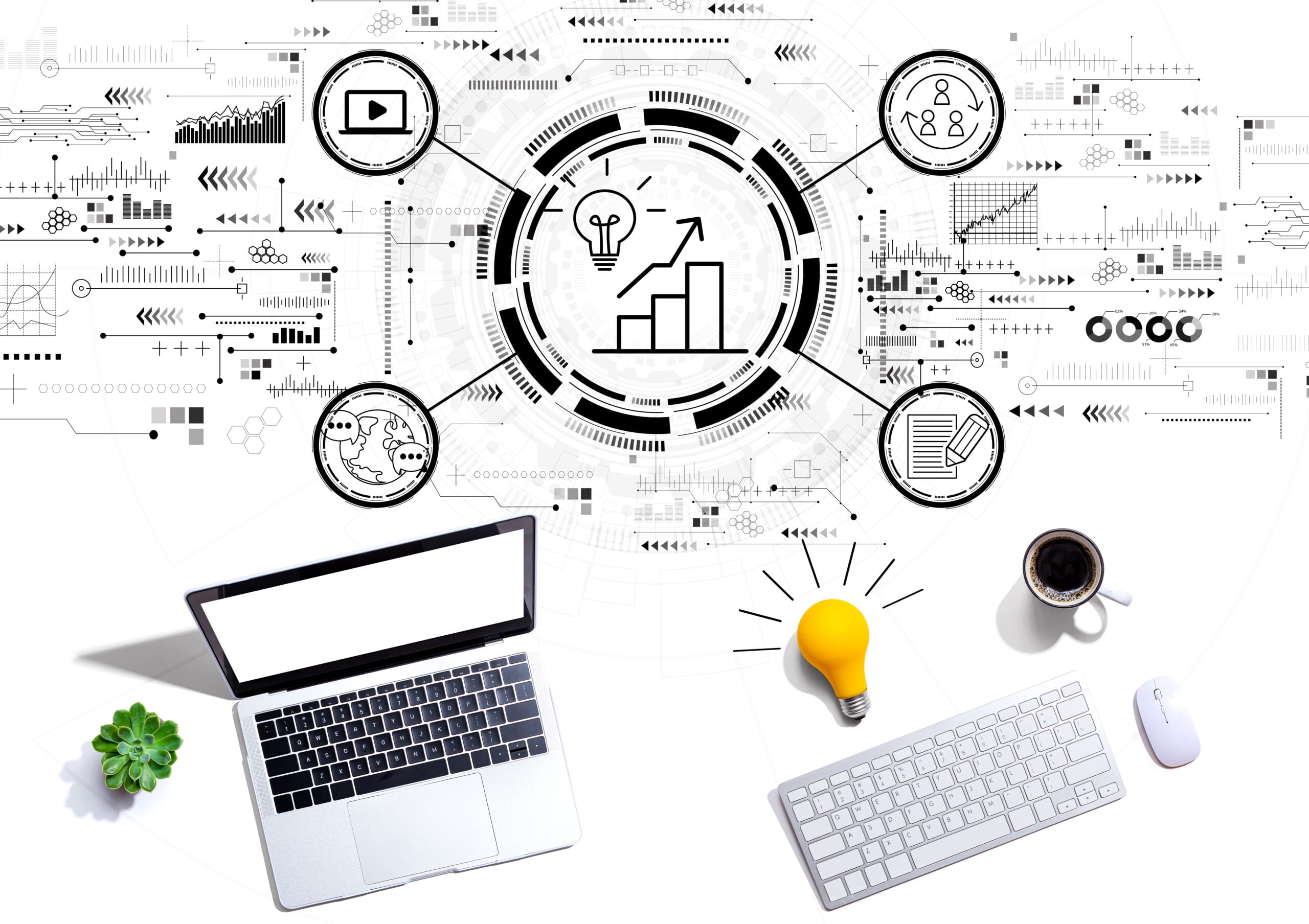What is Business Intelligence?
First, these terms are often used interchangeably for marketing purposes, possibly because they sound more appealing than the traditional data analytics terms. Comparing BI to plain old data analytics, however, does some injustice to BI.
To help explain the difference it’s probably one of a few good times to borrow a quote from Donald Rumsfeld who could quite easily have been talking about BI rather than terrorism when he stated, “…we know there are known knowns; there are things we know we know. We also know there are known unknowns; that is to say, we know there are some things we do not know. But there are also unknown unknowns — the ones we don’t know we don’t know”.
Traditional data analytics could be regarded as the “known unknowns”. These are used to answer predefined questions, such as what are the total sales per store each month. We know each store has made sales but we don’t know how many sales until analytics have been performed.
BI, however, seeks to address the “Unknown unknowns”. In other words, it aims to empower users to discover things about their business that they had never even considered before.
An “unknown unknown” example for one of our customers was discovering how much of each product sold on certain days of the year, particularly during seasonal periods. They were then able to monitor weather forecasts and, using previous sales data, order the relevant stock in anticipation for the forthcoming period. This not only ensured they had sufficient stock but also reduced wastage on products that had a limited shelf life.
Consolidate All your Business Data
One of the major benefits of BI software that allows users to make these discoveries is the ability to connect BI to a multitude of disparate sources. A whopping 74% of organisations using BI find that their biggest challenge with BI is the number of different sources they need to consult to make business decisions. These could be Excel spreadsheets, SQL databases, CRM systems or even data sources in the cloud.
Organisations are no longer restricted to analysing their sales, stock or staffing data independently of each other as they can all be explored within a single software package. As a result, organisations can now easily find relationships and patterns within their data that allows them to identify efficiencies and improve sales.
So now you know the difference between BI and traditional data analytics, but what’s the difference between BI solutions?
Guided v. Self-Service Analytics
When deciding whether to implement a BI system the organisation must decide on one of two types of BI systems: Guided Analytics or Self-Service Analytics.
Guided analytics packages, such as QlikView, allow the organisation to set up, with the help of a developer, prepared business applications featuring dashboards, charts and calculations that will all be updated based on user explorations via clicks and selections. With guided analytics, the end user typically has no ability to create their own data visualisations or bring in one of their own data sources without the assistance of a developer.
Self-service applications, such as Qlik Sense, empower the end user to explore any data they have access to, much like users are traditionally used to doing when crunching numbers within Excel. Specialist BI software comes complete with significantly enhanced features, most significantly the ability to analyse data from multiple sources and advanced data visualisations.
Business leaders are using solutions like these to make data-driven decisions to reduce costs, identify growth opportunities and, ultimately, increase the financial positions of their companies.
What is Business Intelligence Conclusion
Some takeaways:
- Business Intelligence software takes data analytics beyond the traditional charts and dashboards that provide answers to questions that you already know to ask.
- The ability to connect to a variety of distinct data sources makes data analysis a lot more efficient due to no longer having to analyse different types of data sources within independent software packages, such as spreadsheet and database applications.
- Helping address the “unknown unknowns” using all the data available to you makes it a lot easier to identify business trends and patterns that may later then be actioned on.

